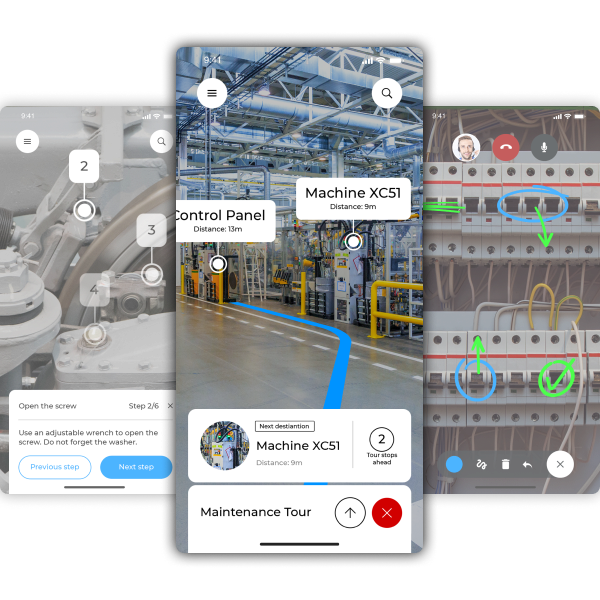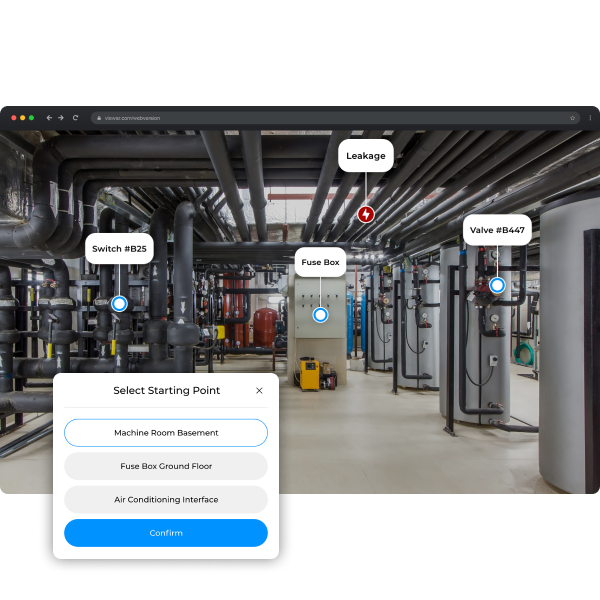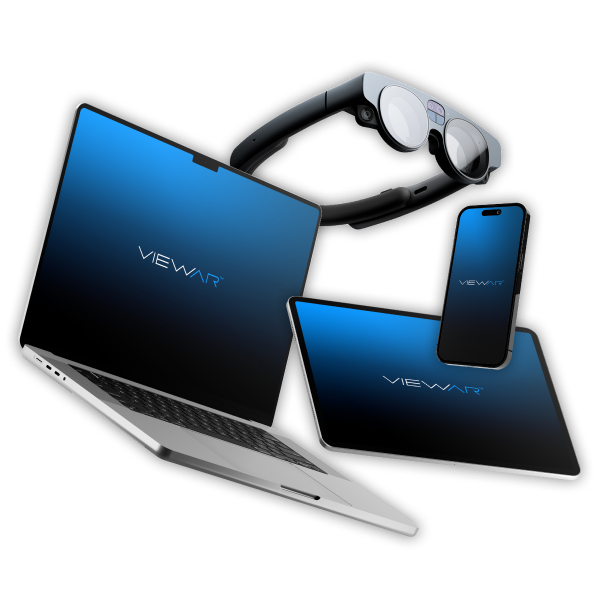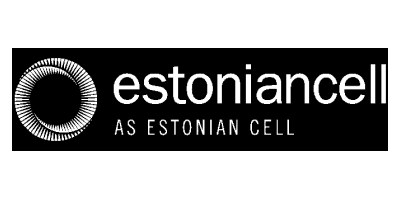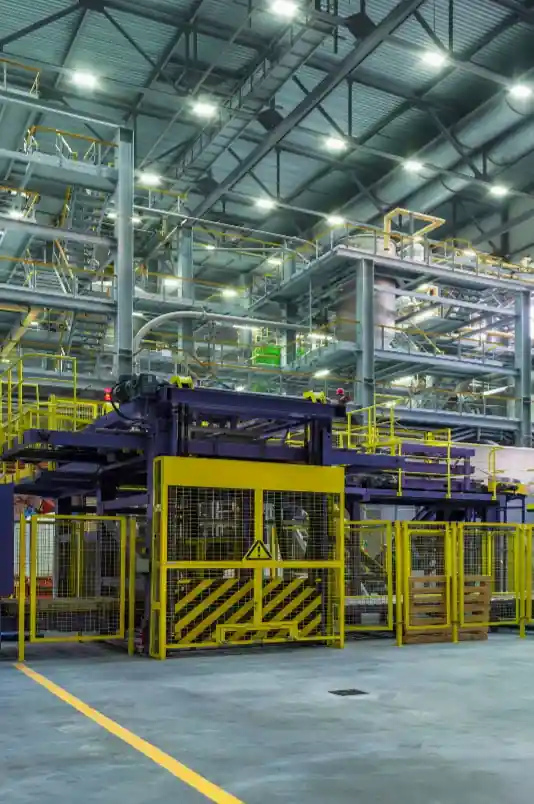Streamline Operations with Augmented Reality
Empower connected workers with augmented reality solutions that optimize task management and workflows.
ServiceAR Overview
Why choose ViewAR?
All features in a single product
ServiceAR delivers a comprehensive suite of seamlessly integrated software components, including indoor navigation, workflows and more, all within a single product. This powerful combination amplifies efficiency and productivity across all operational processes.

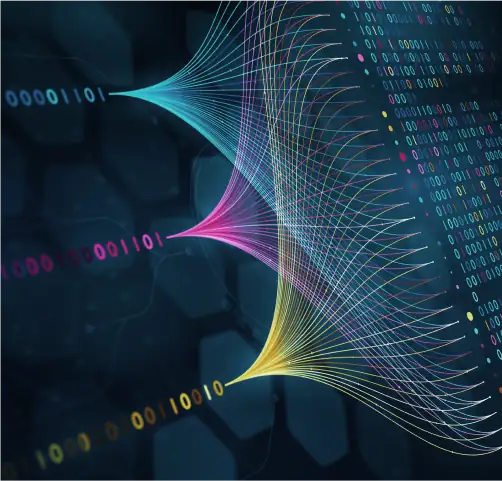
Quick & Easy Setup
Perform a 3D scan of your environment, import it to ServiceAR and you’re ready to begin creating augmented reality workflows, tours or incident tagging routines. All industry-standard scanners such as Matterport, NavVis and Leica are supported. Creating an AR cloud for your organisation has never been simpler.
Seamless integration
Seamlessly integrate ServiceAR with any pre-existing task management or business system. Furthermore, we provide standard APIs to the major ERP vendors worldwide, including SAP (encompassing Service & Asset Manager and Field Service Manager) and IBM Maximo.

